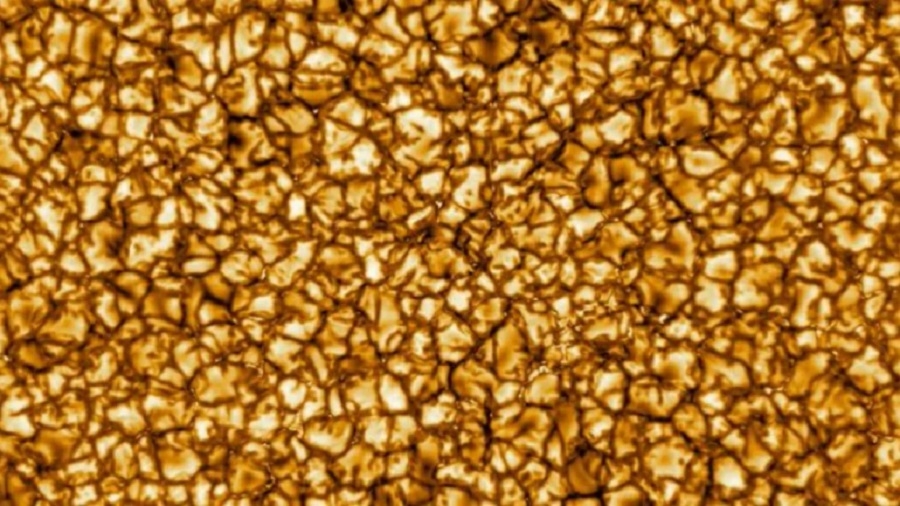Most detailed pictures of Sun captured
| Date :31-Jan-2020 |

WASHINGTON :
THE Sun’s turbulent surface has been revealed in unprecedented detail in the first observations by a newly operational telescope in the US, which scientists say will play a critical role in the better understanding of our star, as well as the space weather.
The Inouye Solar Telescope in Hawaii will enable a new era of solar science, and a leap forward in understanding the Sun and its impacts on our planet, according to the researcher from the National Science Foundation (NSF) in the US. Activity on the Sun, known as space weather, can affect systems on Earth, they said. Magnetic eruptions on the Sun can impact air travel, disrupt satellite communications and bring down power grids, causing long-lasting blackouts and disabling technologies such as GPS. The latest images show a pattern of turbulent “boiling” plasma that covers the entire Sun. The cell-like structures are the signature of violent motions that transport heat from the inside of the Sun to its surface. That hot solar plasma, the researchers explained, rises in the bright centres of “cells,” cools, then sinks below the surface in dark lanes in a process known as convection.
“We can now share these images and videos, which are the most detailed of our Sun to date,” said France Cordova, NSF director. “NSF’s Inouye Solar Telescope will be able to map the magnetic fields within the Sun’s corona, where solar eruptions occur that can impact life on the Earth,” Cordova said in a statement. He said the telescope will improve the understanding of what drives space weather, and ultimately help forecasters better predict solar storms.
The Sun is our nearest star -- a gigantic nuclear reactor that burns about five million tonnes of hydrogen fuel every second. It has been doing so for about five billion years and will continue for the other 4.5 billion years of its lifetime. All that energy radiates into space in every direction, and the tiny fraction that hits the Earth makes life possible, the researchers noted.